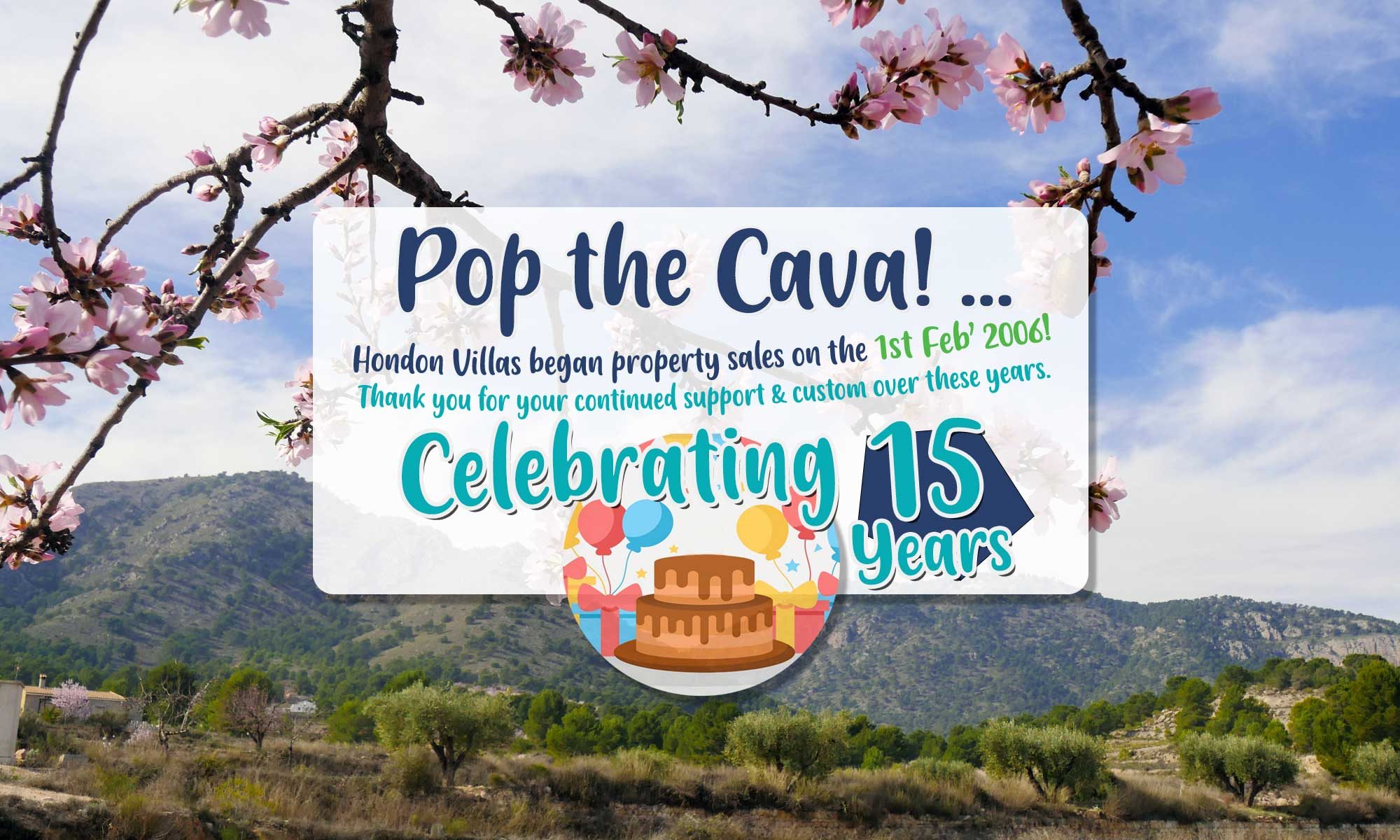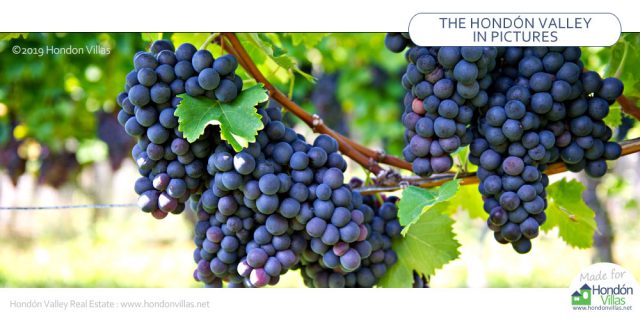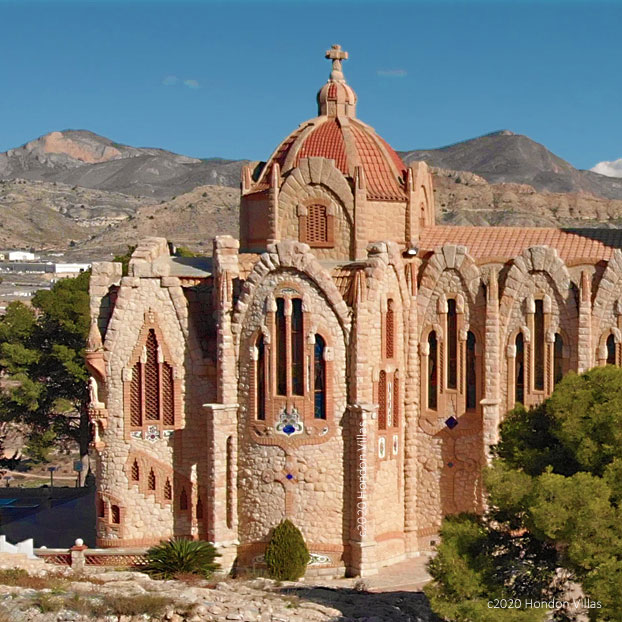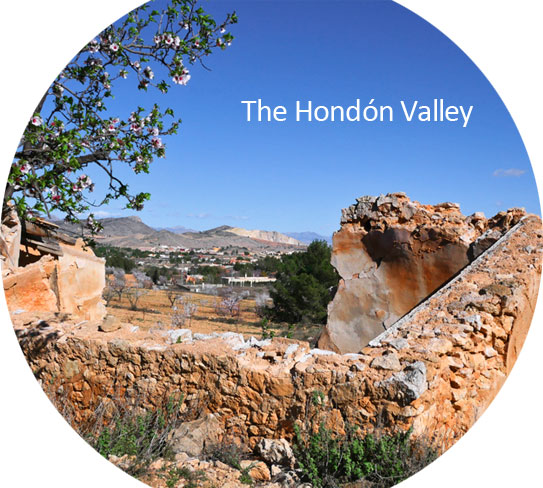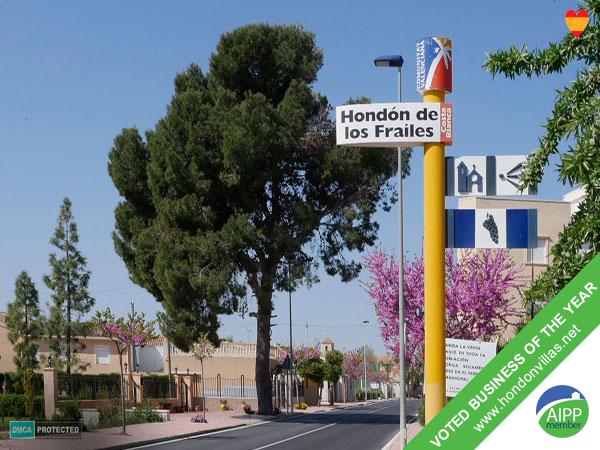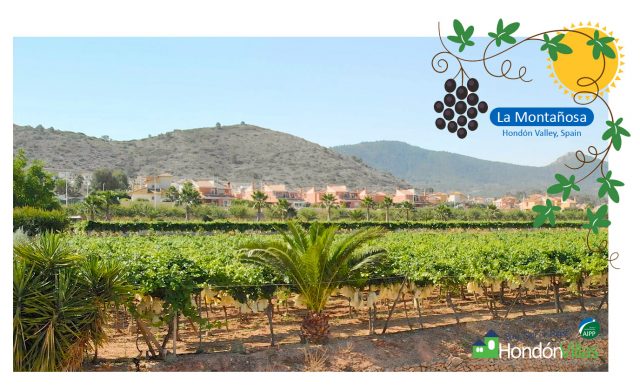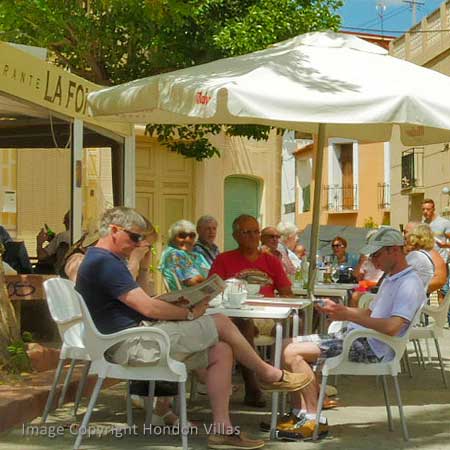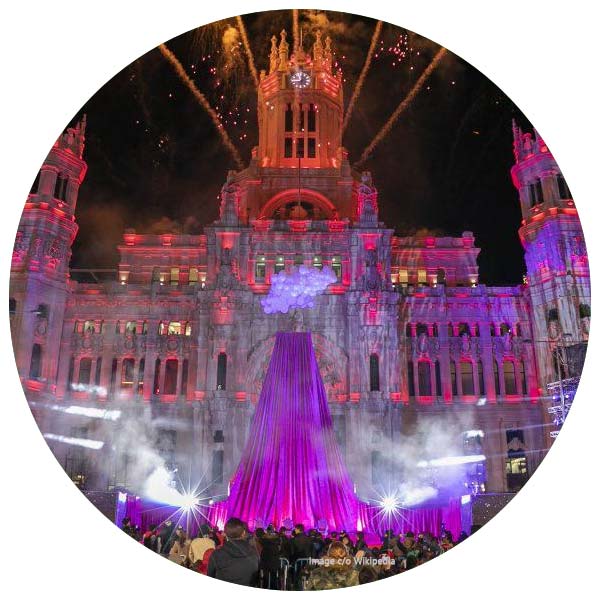
Roscon de Reyes is a traditional sweet cake to celebrate the Spanish Christmas & the 3 Kings parade on 5th Jan, Epiphany.*
At this time of the year all across Spain families like to share a “Roscones de Reyes”, a delicious sweet pastry ring, which is shaped as a crown to welcome the Epiphany of the Three Kings on 5 January. This is one of the oldest traditions in Spain, and can be traced back to the 12th century, if not before.
This is usually the most magical night of the Spanish Christmas calendar, especially for the children. The three Wise Men or Kings visit houses and leave presents for everyone or parade local streets & town centres. They can be spectacular with the Kings giving away sweets and presents to joyful , excited children. Loud music is blaring, the costumes are glitzy and theatrical and people dance. In Madrid, the capital, they televise the parade to the country which usually includes some very special guests and celebrations. It’s a HUGE parade and worth a look. Of course all towns and villages, like the Hondon Valley make the effort too.
*Alas. COVID-19 wil curtail mass gatherings and celebrations in 2020 but we are sure the Spanish will embrace and do what they can.
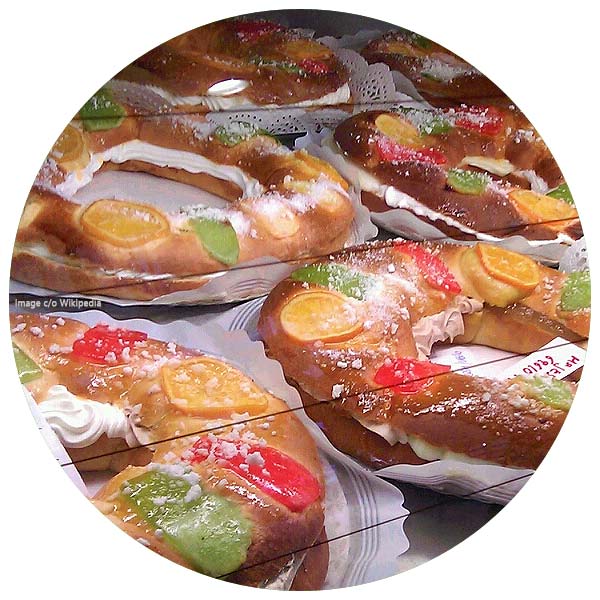
These Roscones are usually decorated with pretty colourful candied fruit and are often stuffed with a cream or chocolate filling and it is lightly fragranced with “aqua de azahar”, made with the blossom of orange. Look out for the little figurine of Jesus or some similar gift, as it brings luck (if it doesn’t bring the dentist).
The Covid crisis is having a big effect on the bakers of these Roscones, with sales down by one third this year, reflecting the fact that big family gatherings are being avoided at this time. if you can support your local bakers, rather than the supermarkets #lovelocal.
Remember that the 6 January is a public holiday to celebrate Los Reyes and children finally get to open their presents on the evening before.
Have you tried a Roscon? Where is the best place to buy one?
*Based on an article by Dino T.
